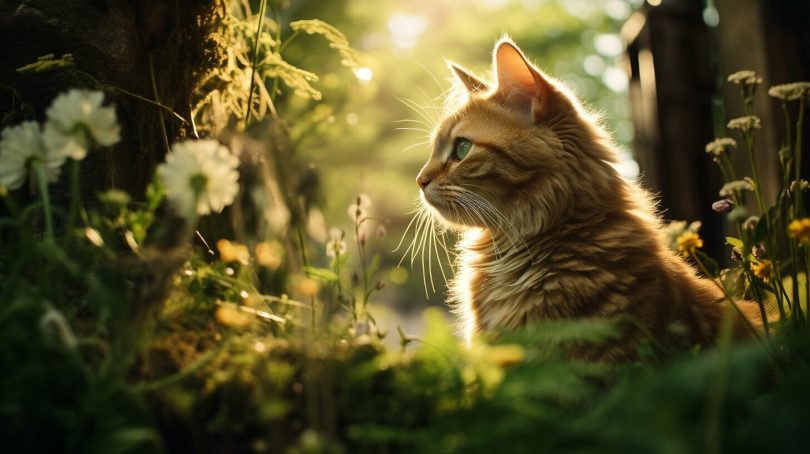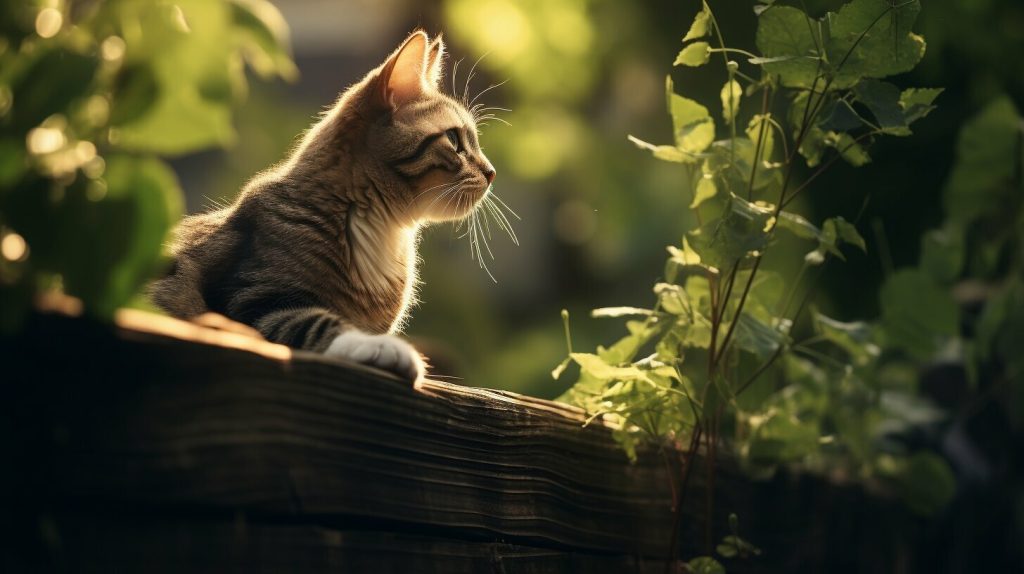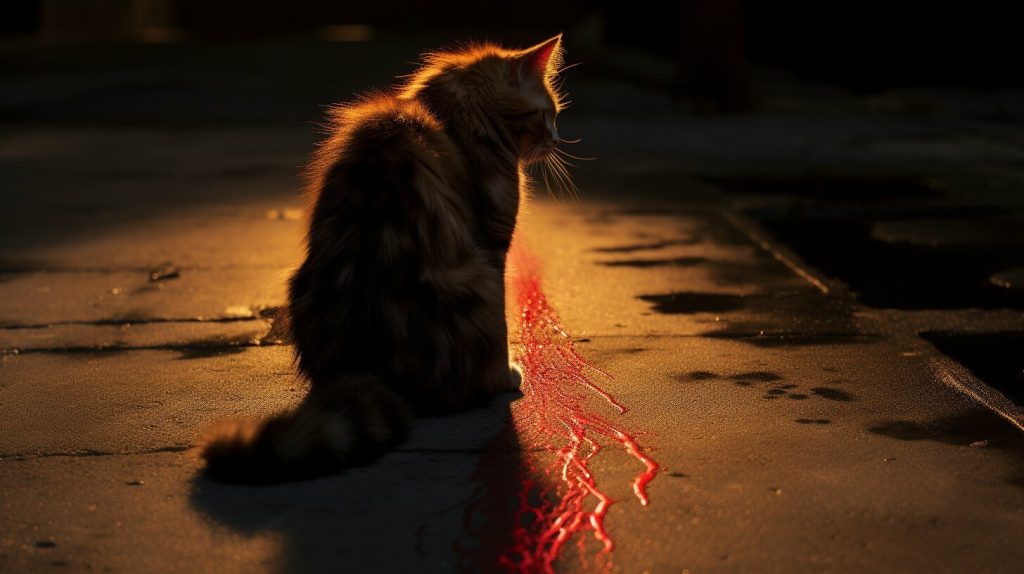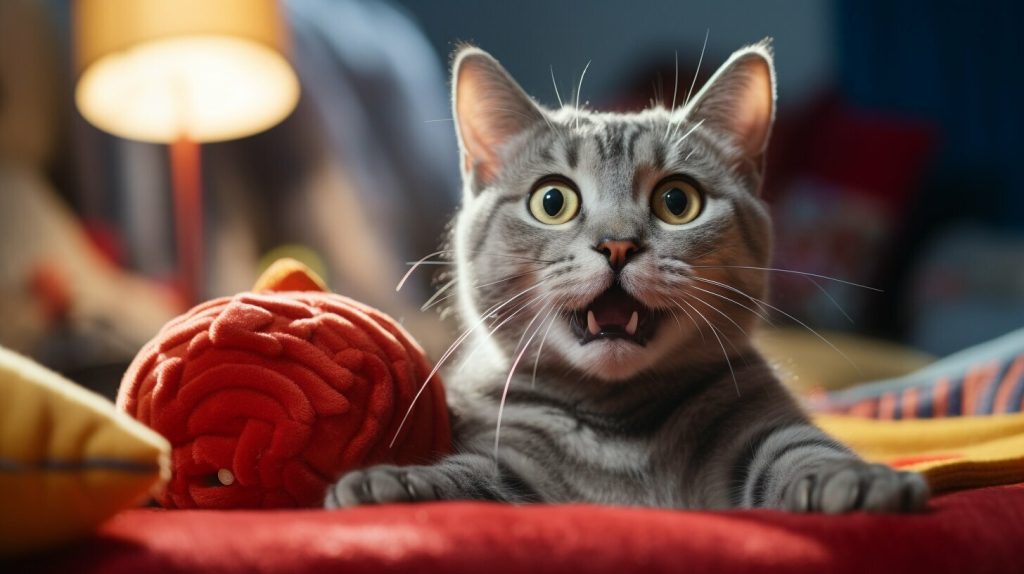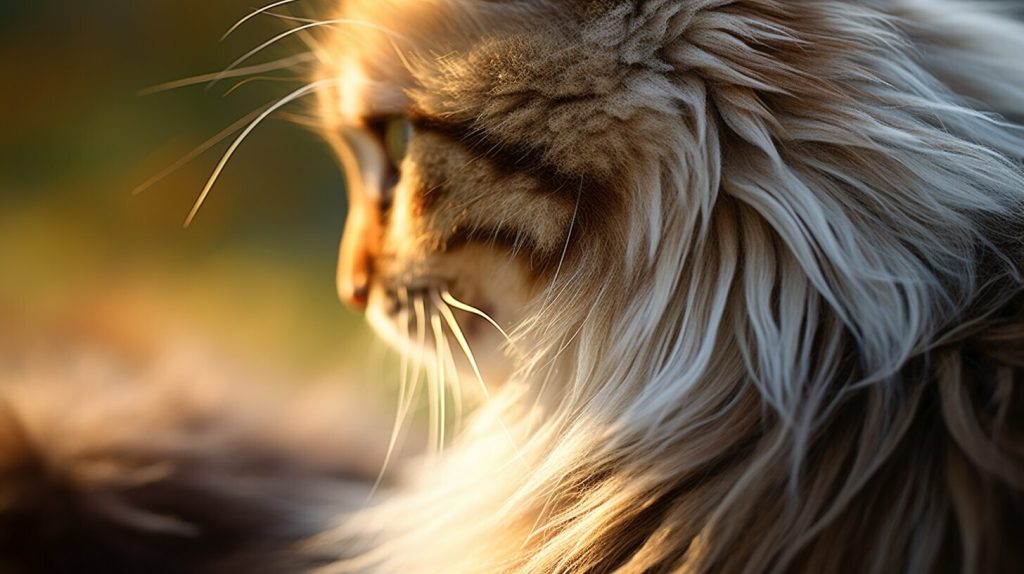Cats are known for their long, expressive tails that often twitch and curl. However, it is a mystery to many why a cat’s tail might suddenly fall off. In this article, we will uncover the truth behind this phenomenon and explore the various reasons why cats’ tails may fall off.
Key Takeaways:
- Cats’ tails are an extension of their spine and play a crucial role in their balance, communication, and body language.
- Tail loss in cats is usually the result of an injury or a medical condition like tail necrosis, ringworm, or dermatitis.
- Cats can still live happy and fulfilling lives without a tail, but it is important for cat owners to provide a safe and stimulating environment.
The Anatomy and Importance of a Cat’s Tail
Firstly, it is essential to note that cats’ tails are not designed to fall off naturally. A cat’s tail is an extension of its spine, consisting of multiple vertebrae connected by ligaments, muscles, and tendons. It plays a crucial role in the cat’s balance, communication, and body language. So, when a cat’s tail falls off, it is usually the result of an injury or a medical condition.
A cat’s tail is composed of up to 23 vertebrae, making it incredibly flexible and versatile. This flexibility allows cats to use their tails as a counterbalance when jumping, running, or climbing. Additionally, a cat’s tail can convey various emotions and messages to other cats and humans. For example, a straight, raised tail indicates a confident or friendly cat, while a puffed-up, twitching tail can signal aggression or fear.
In short, a cat’s tail is an essential part of its anatomy and communication system. It is vital for cats to have healthy tails to maintain their balance and express their emotions properly.
Trauma: Accidents and Injuries
One possible cause of a cat’s tail falling off is trauma. Cats are agile creatures, but they can still experience accidents or injuries that may lead to tail damage. For example, a cat might get its tail caught in a closing door, resulting in a dislocation or even a complete amputation of the tail. Additionally, outdoor cats may encounter fights with other animals, leading to injuries that can cause tail loss.
Injuries to a cat’s tail can vary in severity, depending on the circumstances. For instance, a minor injury may result in a sprain or a small tear in the tail, while a more severe injury may lead to complete dislocation or even paralysis of the tail. In some cases, the injury may be severe enough that the tail cannot be saved, and amputation may be necessary.
| Cat Tail Injury Signs | What to Do |
|---|---|
| Visible swelling, bleeding, or discoloration on the tail | Take the cat to the vet immediately for evaluation and treatment. |
| Difficulty moving or twitching of the tail | Monitor the cat closely and seek veterinary care if the condition worsens or does not improve. |
| Visible bone or spinal cord | Seek immediate veterinary care as this is an emergency situation. |
It is important for cat owners to seek veterinary care promptly if their cat experiences a tail injury. Delaying treatment can result in further complications and may even lead to the loss of the entire tail.
It is worth mentioning that outdoor cats are more prone to tail injuries due to their exposure to potential hazards. Therefore, it is crucial for cat owners to provide a safe and secure environment for their cats, whether they are indoor or outdoor pets. Additionally, keeping a cat’s nails trimmed and ensuring they have plenty of space to move around can also help prevent accidents and injuries.
In the next section, we will discuss tail necrosis and how it can also lead to tail loss in cats.
Tail Necrosis: Blood Supply Compromise
Another potential reason for a cat’s tail falling off is a condition called tail necrosis. This occurs when the blood supply to the tail is compromised, leading to tissue death and subsequent tail loss. Tail necrosis can be caused by various factors, including frostbite, infections, tumors, or certain medications.
Cats’ tails are highly sensitive structures, and even small changes in blood flow can have devastating results. Damage to the blood vessels supplying the tail can cause the tissues to die, leading to a condition known as ischemia. Without prompt attention, the affected tissues will continue to deteriorate, leading to tail loss.
One of the most common causes of tail necrosis is frostbite, which occurs when the tail is exposed to freezing temperatures for an extended period. In severe cases, the blood vessels in the tail can freeze, causing irreparable damage. Certain infections, such as Feline Leukemia Virus (FeLV), may also compromise blood flow to the tail, leading to necrosis.
Tail necrosis is a serious condition that requires immediate veterinary attention. If left untreated, it can cause severe pain, infection, and even death. Cat owners should be vigilant for any signs of tail necrosis, such as discoloration, swelling, or a foul odor. Prompt and appropriate treatment may save the tail and prevent further complications.
Overall, tail necrosis is a relatively uncommon but potentially severe condition that can cause a cat’s tail to fall off. Cat owners should be aware of the various factors that may contribute to tail necrosis, and seek veterinary care if they suspect their cat is suffering from this condition.
Medical Conditions: Ringworm and Dermatitis
Furthermore, certain medical conditions can also contribute to cats losing their tails. One such condition is ringworm, a fungal infection that can affect the skin, fur, and nails. Ringworm is highly contagious and can be easily spread between cats or from cats to humans. In severe cases, ringworm can cause the tail to become brittle and break off. It is essential for cat owners to seek prompt veterinary care if they suspect their cat has ringworm to prevent the spread of the infection to other pets or family members.
In addition to ringworm, cats with dermatitis or allergies may excessively groom or chew at their tails, leading to self-inflicted injuries that can result in tail loss. Dermatitis is a skin condition that can cause itchiness, redness, and inflammation. If left untreated, it can lead to bacterial infections and skin damage. Allergies can also cause skin irritation and itchiness, leading to excessive grooming and tail biting. It is vital for cat owners to address any underlying medical conditions promptly to prevent further complications.
“It is essential for cat owners to seek prompt veterinary care if they suspect their cat has ringworm to prevent the spread of the infection to other pets or family members.”
Living without a Tail: Adaptability of Cats
It is worth mentioning that while the loss of a cat’s tail can be distressing for both the cat and its owner, cats can still live happy and fulfilling lives without a tail. They are incredibly adaptable animals and can compensate for the loss by adjusting their movements and balance.
Without their tails, cats may need to rely more on their hind legs to maintain balance, especially when jumping or climbing. They may also use their forelegs to help with stability and precision. Additionally, cats without tails may communicate differently with their body language, using their ears, eyes, and whiskers more prominently to convey their emotions.
However, it is crucial for cat owners to provide a safe and stimulating environment for their tail-less feline companions. This includes keeping the home free of hazards that could cause injuries, providing comfortable and supportive surfaces for them to rest and play on, and engaging them in regular exercise and playtime to maintain their physical and mental health.
Cat owners may also need to adjust their expectations and interactions with their tail-less pets. For example, some cats may be more sensitive to touch on their lower back or hindquarters due to their lack of a tail, so petting or grooming may need to be approached with extra care and attention.
In conclusion, while losing a tail can be a significant change for a cat, they can still adapt and thrive with proper care and attention from their owners. With patience, love, and understanding, tail-less cats can lead just as fulfilling lives as their tailed counterparts.
Conclusion
In conclusion, cats’ tails are not designed to naturally fall off. When a cat’s tail does fall off, it is typically due to an injury or a medical condition. Trauma, such as accidents or fights, can lead to tail damage and loss. Tail necrosis, caused by compromised blood supply, can also result in tail loss. Additionally, certain medical conditions like ringworm or dermatitis can contribute to tail damage and shedding. While the loss of a cat’s tail can be alarming, cats can adapt and lead happy lives without their tails. It is important for cat owners to seek veterinary care promptly if their cat’s tail is injured or shows signs of a medical condition. Remember, a cat’s tail plays a crucial role in its balance, communication, and body language. Therefore, it is essential to prioritize your feline companion’s tail health and well-being.
FAQ
Q: Can a cat’s tail really fall off?
A: Yes, a cat’s tail can fall off, but it is usually the result of an injury or a medical condition.
Q: How can trauma cause a cat’s tail to fall off?
A: Accidents or injuries, such as getting the tail caught in a closing door or fights with other animals, can lead to tail damage and loss.
Q: What is tail necrosis?
A: Tail necrosis is a condition where the blood supply to the tail is compromised, resulting in tissue death and subsequent tail loss.
Q: Can medical conditions contribute to tail loss?
A: Yes, medical conditions like ringworm or dermatitis can cause tail damage and shedding, leading to tail loss.
Q: Can cats live without a tail?
A: Yes, cats can adapt and lead happy lives without a tail. They can adjust their movements and balance to compensate for the loss.
